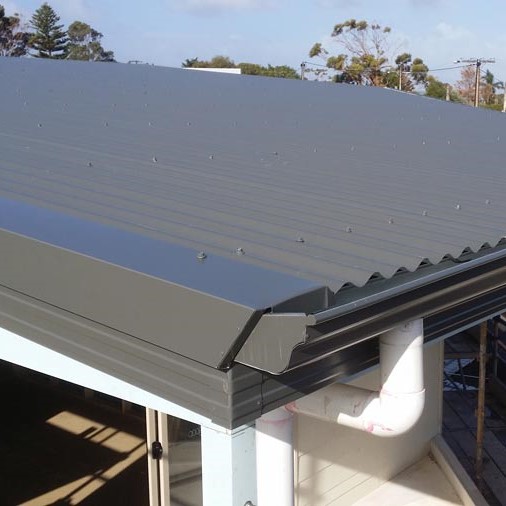When it comes to managing rainwater runoff from your roof, choosing the right type of gutter is essential. Two common types of gutters used in residential and commercial buildings are eaves gutters and box gutters. Understanding their differences can help homeowners and builders make an informed decision based on their specific needs.
What is an Eave Gutter?
An eaves gutter, also known as an external gutter, is a traditional gutter system installed along the edges (eaves) of a roof. It collects rainwater as it flows off the roof and directs it to downpipes for proper drainage.
Key Features of Eaves Gutters:
- Location: Positioned along the edge of the roof.
- Design: Typically open and visible from the ground.
- Materials: Available in aluminum, steel, vinyl, or copper.
- Installation: Mounted to the fascia board or roof structure.
- Maintenance: Easier to clean and inspect due to its accessibility.
Eave gutters are widely used in residential homes as they efficiently manage rainwater and enhance the aesthetic appeal of the house.
What is a Box Gutter?
A box gutter, also known as an internal gutter, is built into the roof structure or concealed within the building. Unlike eave gutters, box gutters are not visible from the exterior, giving a cleaner architectural look.
Key Features of Box Gutters:
- Location: Installed between two sections of a roof or within parapet walls.
- Design: Hidden within the roof structure.
- Materials: Commonly made from stainless steel, aluminum, or Colorbond steel.
- Installation: Requires precise design and construction to prevent water pooling.
- Maintenance: More challenging to clean and inspect due to its concealed position.
Box gutters are commonly found in commercial buildings, modern homes, and structures where a sleek, minimalist design is desired.
Which One Should You Choose?
The choice between an eaves gutter and a box gutter depends on several factors:
- Aesthetic preference: If you prefer a traditional look, eaves gutters are the better option. For a seamless appearance, box gutters are ideal.
- Building structure: Residential homes often use eave gutters, while commercial or contemporary designs may favor box gutters.
- Maintenance requirements: Eave gutters are easier to clean and inspect, whereas box gutters require more effort to maintain.
- Drainage efficiency: Box gutters need additional drainage solutions like sump boxes and overflow outlets to prevent water buildup.
Final Thoughts
Both eaves gutters and box gutters serve the same purpose—managing rainwater runoff—but differ in design, installation, and maintenance. Understanding these differences can help you choose the right gutter system for your property. If you’re considering a new gutter installation or replacement, consulting with a professional can ensure you make the best decision for your home or building.

